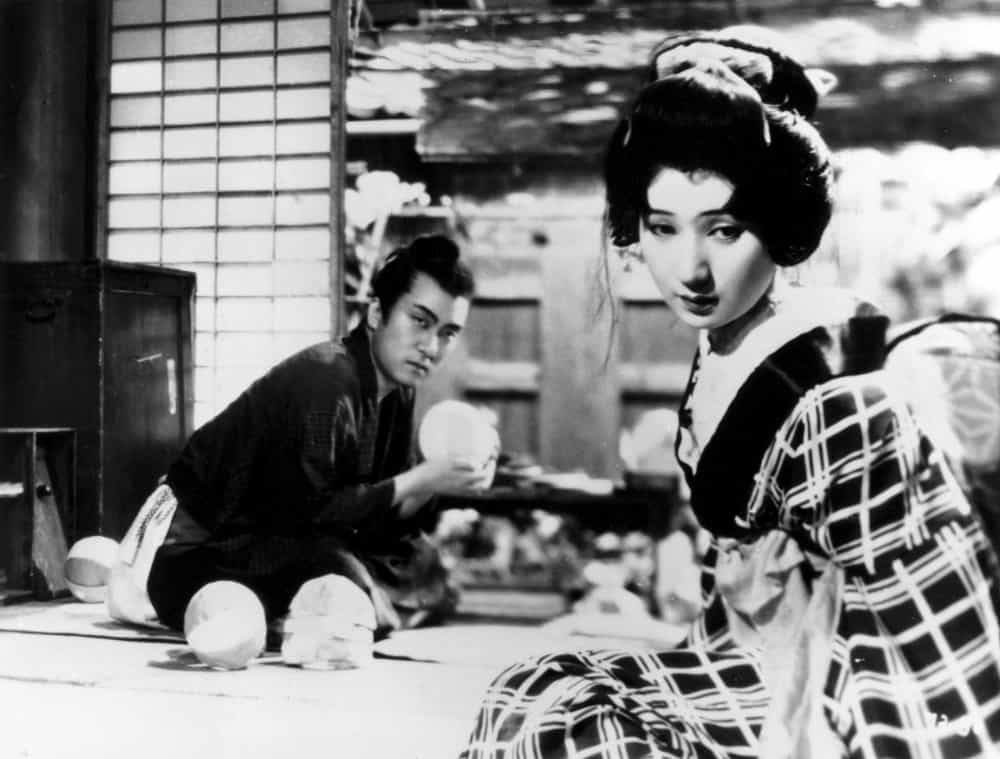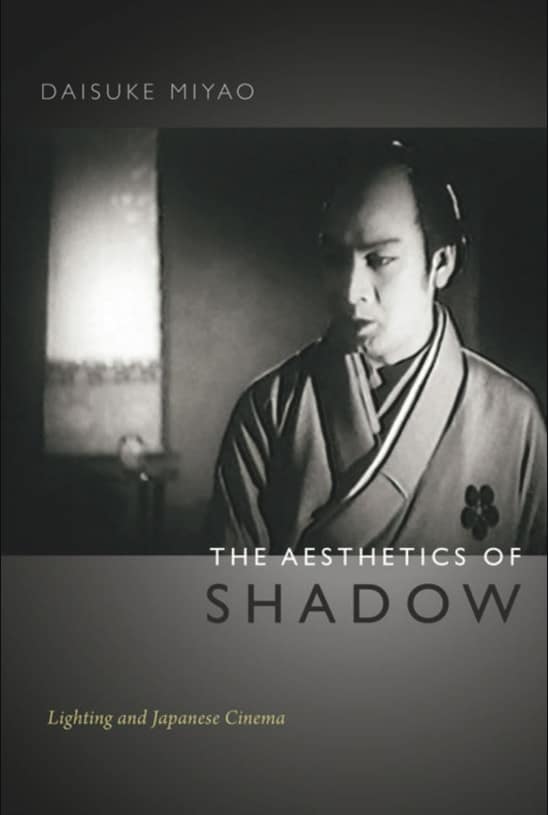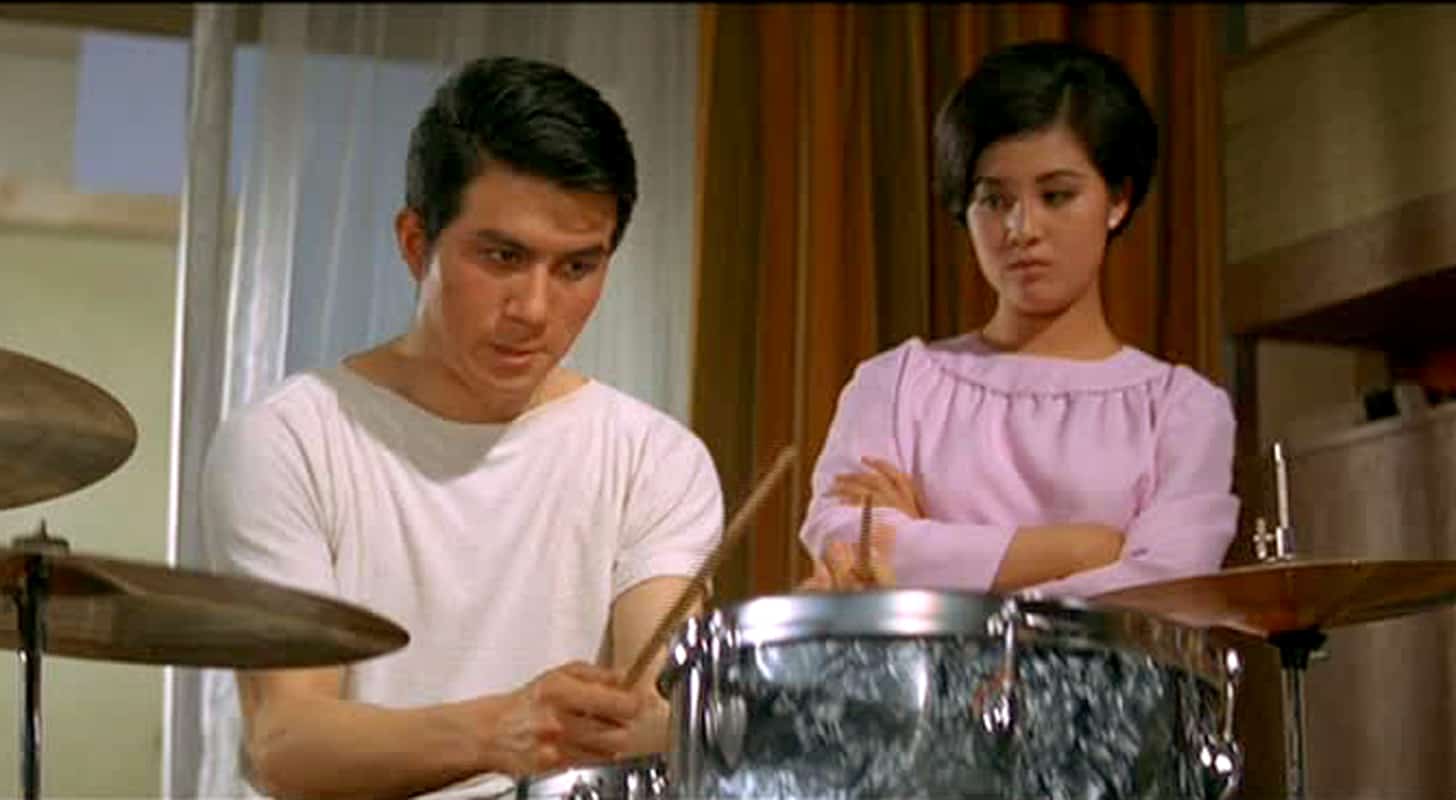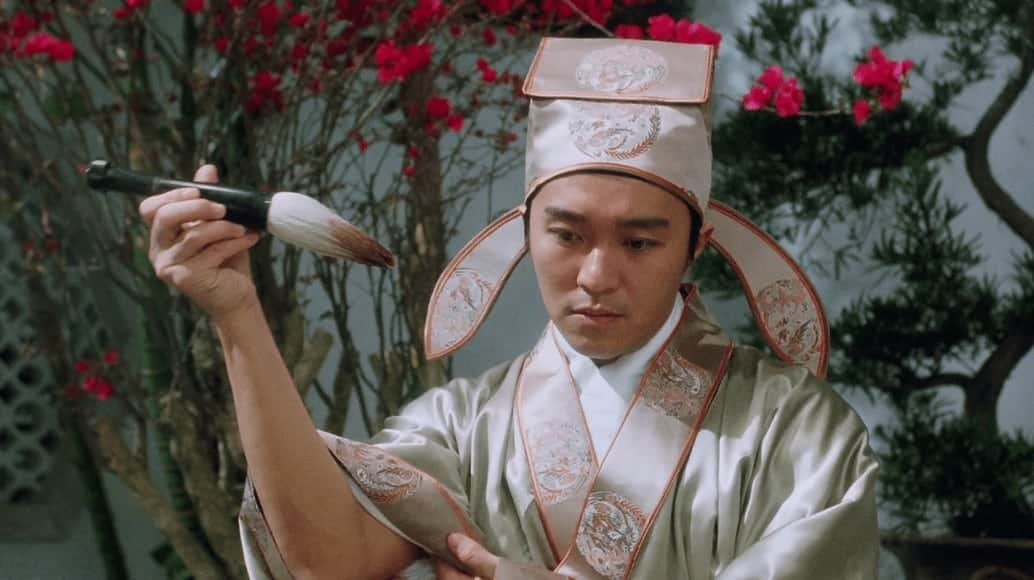A number of academics and film historians have written about the genesis of Japanese cinema and its progression through the 20th century, with Donald Richie, Aaron Gerow, Isolde Standish being some of the most renowned. Daisuke Miyao, however, who seems to have studied everything his predecessors had written before him, deals with the particular subject through a rather unique approach, by focusing on the ways of implementing light and shadows on film highlighting its progress. The result, as Earl Jackson who suggested the book mentioned, is truly magnificent
Buy This Title
on Amazon by clicking on the image below
To refer to the huge amount of info presented on the 281, small font pages of the book would be truly futile, so instead I am going to focus on some key events of the story Miyao shares here, and the ways he implemented them in order to unfold it as artfully as possible. As such, the story begins with an intro focusing on the appearance of Henry Kotani in July, 1920 in the Shochiku studio, and the way his experience in the US, particularly with effects lighting, changed Japanese cinema forever. In the same style, the story moves forward by focusing on influential individuals and events. “The bright and cheerful Shochiku cinema” emerges as one of the most central concepts, from the beginning to the end of the book, as much as the Pure Film Movement and the effect Shiro Kido and Paramount's Lasky Lighting (three-way lighting) had on local cinema.
The Kamasa tone vs the Paramount tone come next, along with Shochiku's capitalist-industrial modernization that led to new ways of lighting the big stars, in order to draw in more audiences who wanted to see them in all their glory. The ‘flash of the sword' and its impact on movies, as much as the influence of Douglas Fairbanks movies, the significance of “Diary of Chuji's Travel”, the importance of 1927 and Hayashi Chojiro's stardom, as much as Shiro Kido's role once more fill the next chapters. The impact Hollywood had on Japanese cinema is also explored rather thoroughly throughout the book, particularly in terms of publicity and the aiming at female fans, as much as from Shochiku's constant goal to imitate the Americans. The changes brought by the appearance of incandescent light and panchromatic film and the impact of Teinosuke Kinugasa's “Crossroads” bring us to 1928, and an analysis of the director's work, that was parallel to the beginning of the dream of exporting local cinema on an international level.
A rather interesting chapter focuses on how the sense of vision became the most dominant in all aspects of life and the connection of this fact to cinema, also as an alternative to the haptic. The analysis of “That Night's Wife” introduces us to the impact of the Japanese government's decision to adapt fingerprinting and its implementation, along handprints, in films, as much as the focus on people's hands, that became dominant immediately after. The influence of German Weimar cinema in lighting and in general brings us to Ozu, followed by Hayashi Chojiro's leaving Shochiku and the rumors of the attack on him that came a bit later, as much as the changing of his name to Kazuo Hasegawa. “The Battle of Kawanakajima” that combined the aim to light the shadows of the Japanese summer and finding a way to hide Hasegawa's scar from the aforementioned attack, ends this part.
The next one focuses more on the industry, with the way Toho supported the state's control of production that led to the transplant of the Hollywood style of studio system in Japan, the “kokutai”, and the propaganda films. Miyao, however, makes an interesting point here, by mentioning the difficulties of nationalizing the whole film industry during the war, particularly since, at the time, there were more than 500 films released per year, by ten feature film studios. The battle between Toho, who represented the Hollywood style and Shochiku, that represented the Kabuki style emerges as a rather interesting chapter, while a few pages later, we are introduced to the man who actually coined the term “aesthetics of shadow”, production designer Yoshino Nobutaka.

“Humanity and Paper Balloons”, the composition of depth and its connection to the tradition of Japanese painting comes next, as the writings of film critics also become an important factor of Japanese cinema. “The War at Sea from Hawaii to Malaya” brings us to the involvement of Akira Mimura, and his credit as Director of Photography, a term that did not exist in Japan before 1942, and the difference between working as such in Hollywood and Japan at the time. In another important event, 1936 signaled the establishment of the Japanese Association of Film Lighting, thus showcasing the growing importance of the sector in the industry.
The concluding chapter of the book focuses on Kazuo Miyagawa and the fact that his work as DP came to be recognized as the Japanese style, along with the argument that his artform actually mirrored Kyoto, and not the whole of Japan. Furthermore, how the aesthetics of shadow were implemented after World War II and how Miyagawa's work at “Rashomon” established his international fame, while the actual notes he left on the script of the movie are also included, in a rather impressive aspect that highlights Miyao's depth of research. The shocking change of the arrival of color film in Miyagawa's career closes the book, along with an analysis of “Odd Obsession”
What I already mentioned is actually just some key points of the book, since there is really much more info here, as for example the influence of documentary filmmaking and realism. The way Miyao goes about it however, interspersing historical events with film analysis from the lighting point view along with the comments and writings of critics, directors and members of the industry emerges as ideal, making the book quite easy to read. This, despite the fact that the particular type of analysis can be perceived as somewhat complicated, with the number of lamps and the many technical details, but the images included throughout the book, actually make even this part relatively easy to read. At the same time, the way Miyao highlights the importance of lighting and the subsequent creation of shadows in film is truly unique, in an aspect that has not been discussed (at least not as thoroughly) in connection with the progress of Japanese cinema before.
If I was to mention some of the issues of the book, I would, once more, focus on the fact that the notes are in the back, making it necessary to turn back and forth during every page, thus disrupting the readability of the title, to a point at least. Furthermore, the use of the naming with the surname first seems rather old–fashioned these days, while there are some chapters, where the writings of the authors mentioned in the prologue is a bit excessive.
These however, are minor details that do not fault the overall quality of a truly unique book at all. “The Aesthetics of Shadow” is a must-read for every student of Japanese cinema.

















